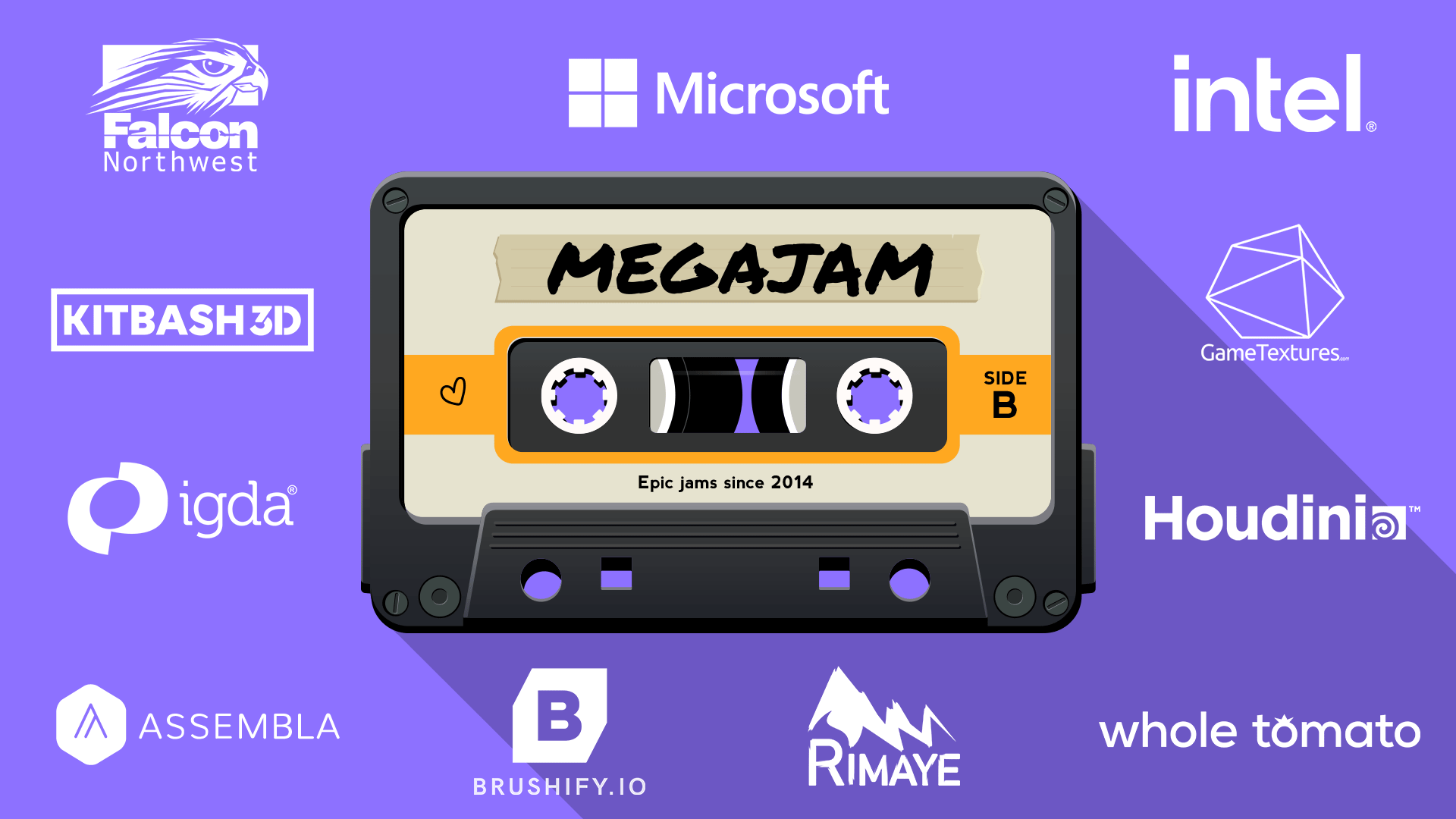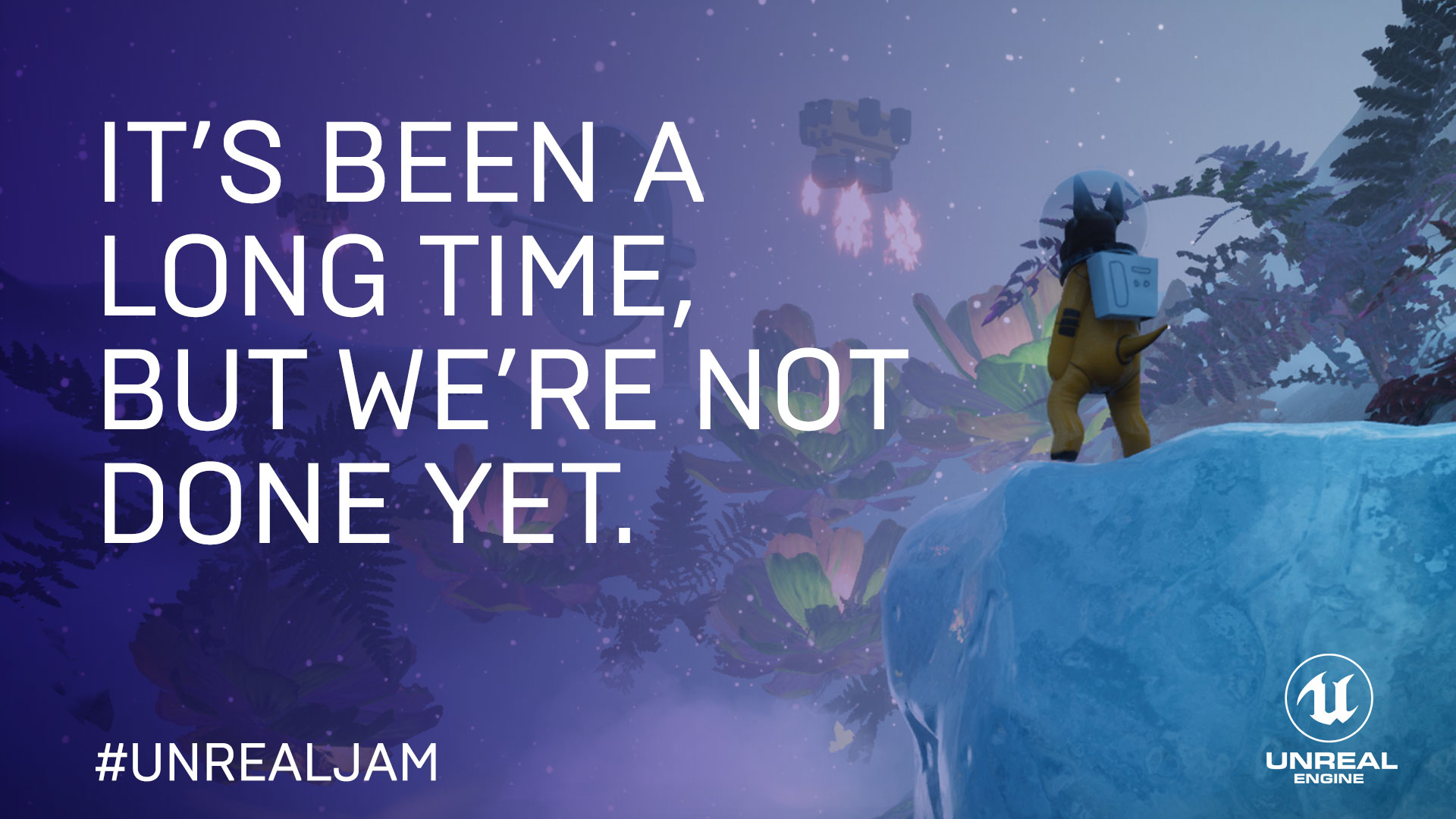Find games for macOS in game jams like Mindustry, her tears were my light, Baldi's Basics in Education and Learning, VA-11 Hall-A, //TODO: today on itch.io, the indie game hosting marketplace. The game was originally made 'during a game jam that took place at a castle in a really small town in Sweden.' The developers had no idea that it would blow up on YouTube. On April 1st, 2019, Landfall released TABS in early access on Steam for Windows PC and MAC OS. Since then, it has garnered an overwhelmingly positive rating on Steam of.
Gameboy Development on Mac OS X
Threshold is a puzzle platformer game where you guide a cute little gnomish wizard of the seasons to find his way home through a series of mysterious doorways. All is not as it seems, however, as depending on which direction the player faces, the world. Some game jams are local events, taking place in universities, conference halls, or other private spaces. The Global Game Jam takes place at the end of January of every year, with over 800 locations in 100+ countries around the world. The Ludum Dare is an example of a virtual game jam, an event where participants largely remain at home, but present their efforts at the conclusion of the jam. The game was originally made 'during a game jam that took place at a castle in a really small town in Sweden.' The developers had no idea that it would blow up on YouTube. On April 1st, 2019, Landfall released TABS in early access on Steam for Windows PC and MAC OS. Since then, it has garnered an overwhelmingly positive rating on Steam of.
309
1
357294As I have gone more and more low-level over the past month, I was searching for a platform that is well understood/documented, not too fancy and thus allows me to use it for learning on different topics at once in a fun way. I.e. micro-processors/electrical-engineering, emulators, dev-tools.
Well, I found the old Gameboy to match that category:
- Electrical Engineering: Building own game cartridges/ROMs, ROM-readers/writers and play around with other interfacing possibilities. As it happens, I still have my old Gameboy lying around… somewhere…
- Emulators: Write a simple emulator for the Gameboy's Z80 processor. Compared to others, the instruction of the Z80 is 'quiet' small. Except for the CHIP-8 language, there are not many other processor that are this popular and have an as small instruction set.
- Dev-Tools: Understanding how compiler and linker for this platform work and tinkering with it. As one of the most popular tool-chains (Rednex Gameboy Development System358295) is open-source and a comparably small project, this is hopefully not a month-long endeavor.

And I like doing game-development for fun anyway. With a quiet old and restricted platform like the Gameboy, this is a nice thing to do in with limited time and good results. Building only a simple game for PC or any of the latest Mobile-platforms (iOS, Android) can take month when you also have some sense for art and style. With a four-color 160×144 pixel display, you are so restricted on itself, that doing the graphics yourself is quiet easy; even for someone that is not a great artist. I was surprised what can be achieved on a 14 hour flight. Maybe I will even enter the next Ludum Dare359296 with a Gameboy game.
The first step required to dive into the world of Gameboy development is to set up the development tools, emulator and some more useful tools like tile-editors on your Mac. Sheep pens mac os. The main purpose of this post is to describe the steps I have taken. And as it was more then just click-click-finish at some stages, I hope this will also be helpful to others.
RGBDS360297 seems to be a popular set of developer tools for the original Gameboy. It contains four command-line tool for which two are the assembler and the linker. Unfortunately, there is no binary available for Mac OS. Fortunately, it is open source. With minor modifications I was able to compile the tools for Mac OS X Lion. You can find the compiled binaries (rgbds.tar361298) and the Makefile I used in my github repository362299.
Next thing I needed for development was an emulator with an embeded deugger. Who writes a working game with closed eyes, loads it onto a gameboy cartidge and it works? Together we go mac os. Well, at least not me.
The emulators I found to be the best matches are no$gmb363300 and bgb364301. Both are similar feature wise; bgb seems to have been implemented based on no$gmb, so both interfaces look alike and also shortcuts in the debugger are mostly the same. bgb is still actively developed and you can also get tips by the developer in the EFNet #gbdev IRC channel.
Both emulators are for windows originally and they are not open source. So, using Wine was the only real option. If you don't have Wine yet installed, you might want to download MacPorts365302. It is a package manager for Mac OS and also allows to easily install said software. As you also need to have the X11 window server installed for Wine to work properly, best is to follow these instructions366303 for the whole installation.
The Installation of wine itself is straightforward: After the installing MacPorts type 'sudo port' in the Terminal.app to start the MacPorts package manager. Supply your user's password and the prompt of the package manager should appear. Type 'install wine' and do something else for the next half hour. This will download all dependencies (a lot) and install Wine on your system. I got an error like
while installing Wine because it seemed to interfere with other packages I have already had installed. If you also encounter this problem, follow the workaround at the bottom of this bug-ticket367304:
Once you have installed wine successfully, you can start the emulator. I was not able to get bgb running yet but no$gmb works just fine. Get the 32-bit Windows version from here368305 and start it with 'wine NO$GMB.EXE' from the commandline.

And I like doing game-development for fun anyway. With a quiet old and restricted platform like the Gameboy, this is a nice thing to do in with limited time and good results. Building only a simple game for PC or any of the latest Mobile-platforms (iOS, Android) can take month when you also have some sense for art and style. With a four-color 160×144 pixel display, you are so restricted on itself, that doing the graphics yourself is quiet easy; even for someone that is not a great artist. I was surprised what can be achieved on a 14 hour flight. Maybe I will even enter the next Ludum Dare359296 with a Gameboy game.
The first step required to dive into the world of Gameboy development is to set up the development tools, emulator and some more useful tools like tile-editors on your Mac. Sheep pens mac os. The main purpose of this post is to describe the steps I have taken. And as it was more then just click-click-finish at some stages, I hope this will also be helpful to others.
RGBDS360297 seems to be a popular set of developer tools for the original Gameboy. It contains four command-line tool for which two are the assembler and the linker. Unfortunately, there is no binary available for Mac OS. Fortunately, it is open source. With minor modifications I was able to compile the tools for Mac OS X Lion. You can find the compiled binaries (rgbds.tar361298) and the Makefile I used in my github repository362299.
Next thing I needed for development was an emulator with an embeded deugger. Who writes a working game with closed eyes, loads it onto a gameboy cartidge and it works? Together we go mac os. Well, at least not me.
The emulators I found to be the best matches are no$gmb363300 and bgb364301. Both are similar feature wise; bgb seems to have been implemented based on no$gmb, so both interfaces look alike and also shortcuts in the debugger are mostly the same. bgb is still actively developed and you can also get tips by the developer in the EFNet #gbdev IRC channel.
Both emulators are for windows originally and they are not open source. So, using Wine was the only real option. If you don't have Wine yet installed, you might want to download MacPorts365302. It is a package manager for Mac OS and also allows to easily install said software. As you also need to have the X11 window server installed for Wine to work properly, best is to follow these instructions366303 for the whole installation.
The Installation of wine itself is straightforward: After the installing MacPorts type 'sudo port' in the Terminal.app to start the MacPorts package manager. Supply your user's password and the prompt of the package manager should appear. Type 'install wine' and do something else for the next half hour. This will download all dependencies (a lot) and install Wine on your system. I got an error like
while installing Wine because it seemed to interfere with other packages I have already had installed. If you also encounter this problem, follow the workaround at the bottom of this bug-ticket367304:
Once you have installed wine successfully, you can start the emulator. I was not able to get bgb running yet but no$gmb works just fine. Get the 32-bit Windows version from here368305 and start it with 'wine NO$GMB.EXE' from the commandline.
As said before, a quiet restricted platform like the Gameboy allows also a developer without a hand for art to create nice games. Card fools mac os. Still, you might want some tools to assist in the process. The Gameboy Tile Designer369306 and the Gameboy Map Builder370307 are two such tools. Easily generate tiles and maps and directly export them into an assembler-file containing the required data to directly work with the tiles/maps. These tools are again windows-only but work just fine with wine. Please dont touch anything mac os.
Unfortunately, as of this writing, the host for these tools seems to be shutting down its operation completely, so I hope the owner of these tools will find another host soon.
Totally Finished Game (game Jam Version) Mac Os Update
That's about what you need if you want to get into Gameboy development and have some retro-fun. To point you in the right direction for getting started I can recommend the notes of the Wichita State University's 2008 Z80 Assembler Programming lecture371308. Luckily, the exact same tools we just installed on our system are used 🙂 https://bestwload397.weebly.com/realms-of-arkania-star-trail-1-0-download-free.html.

